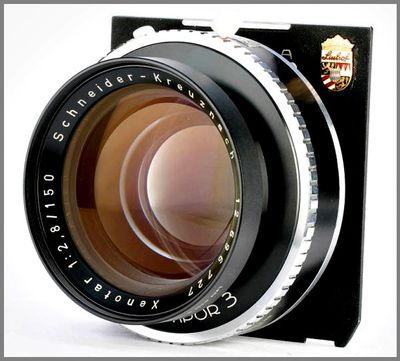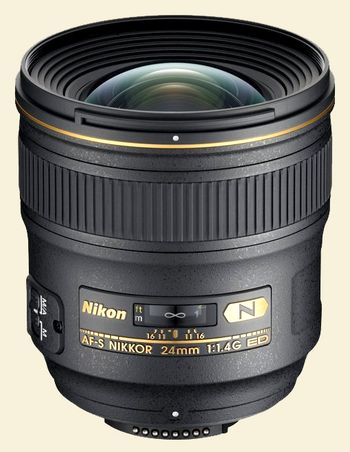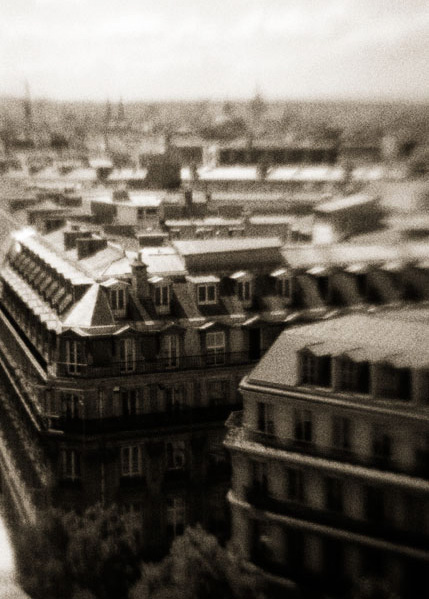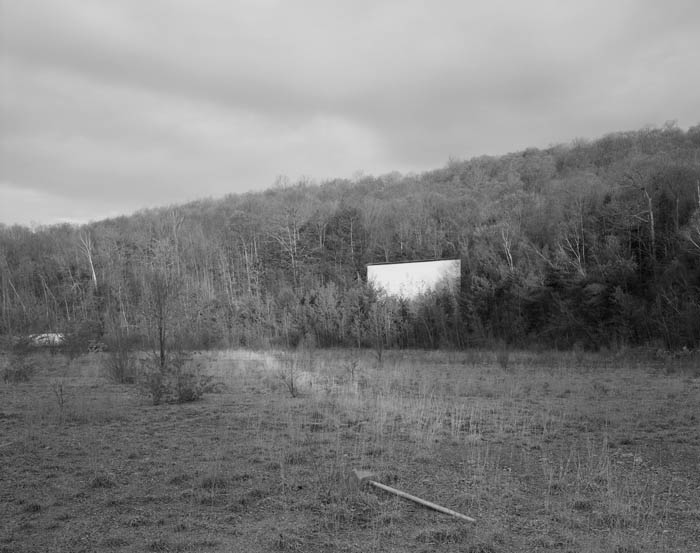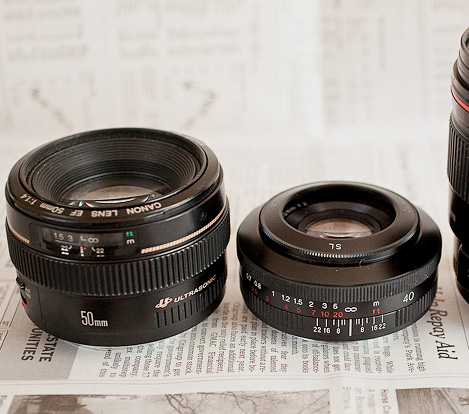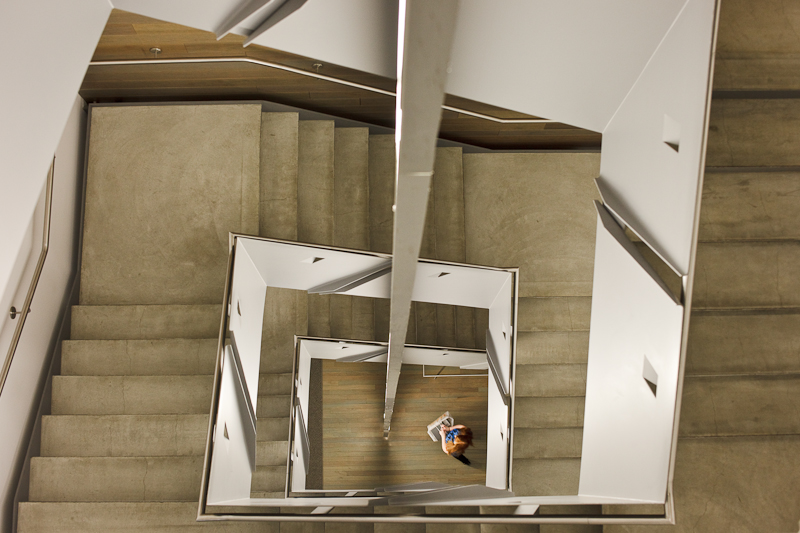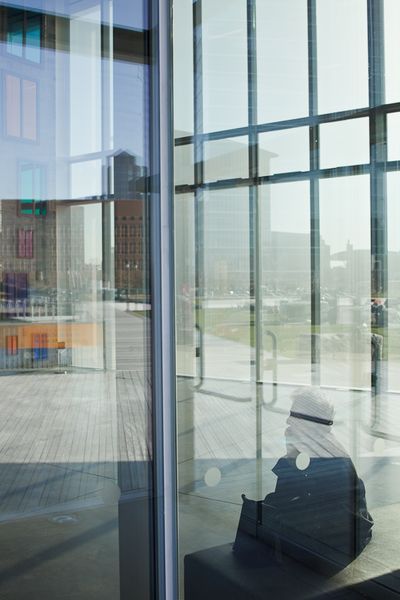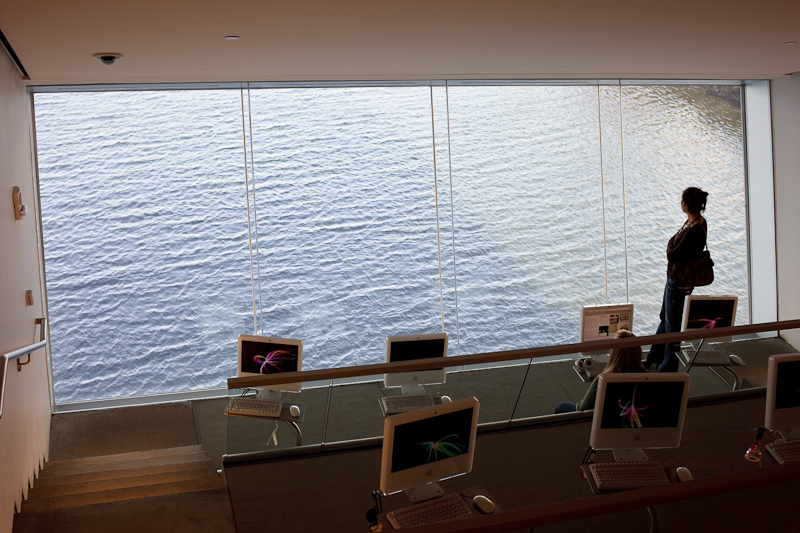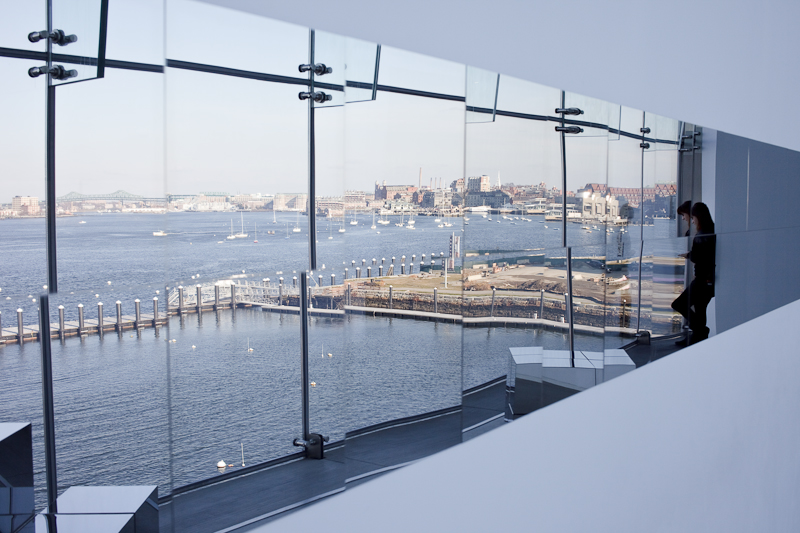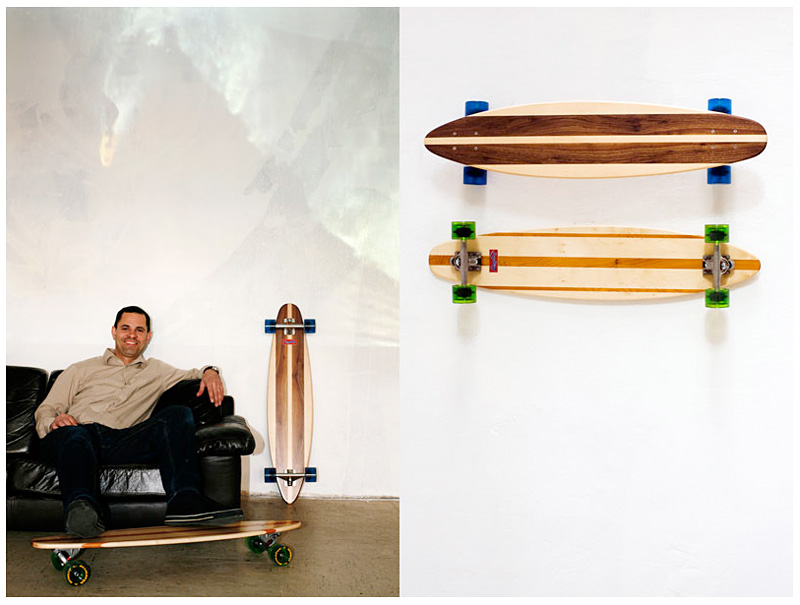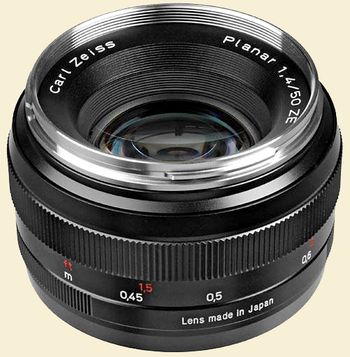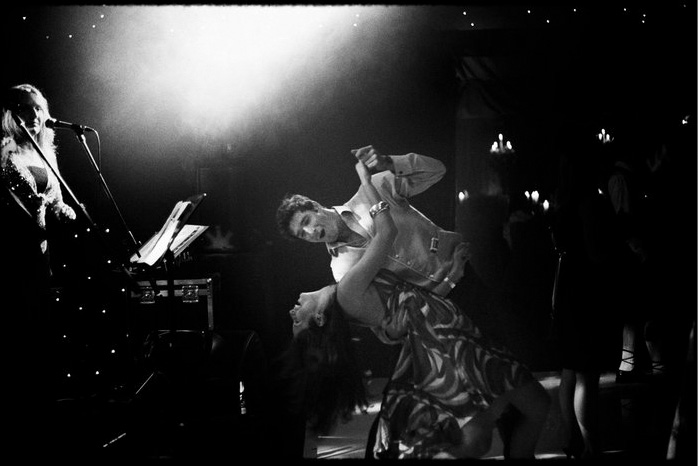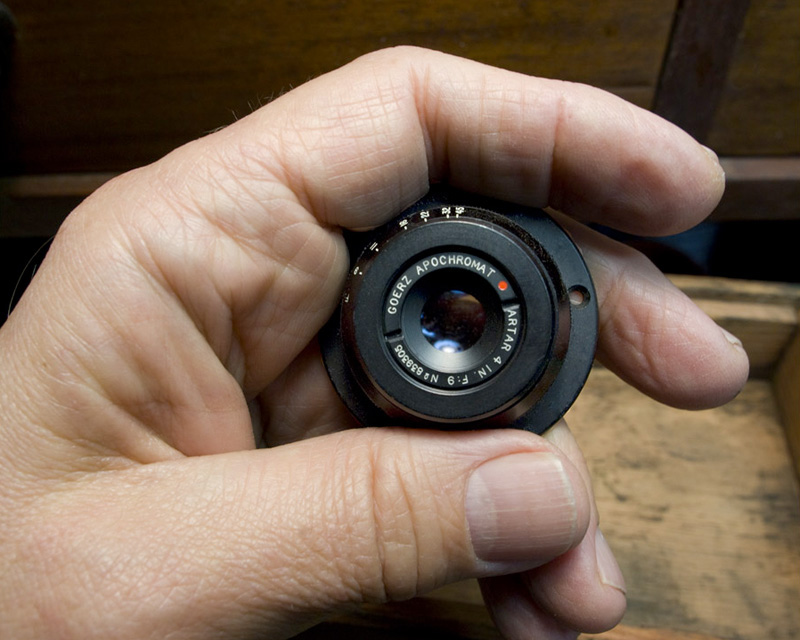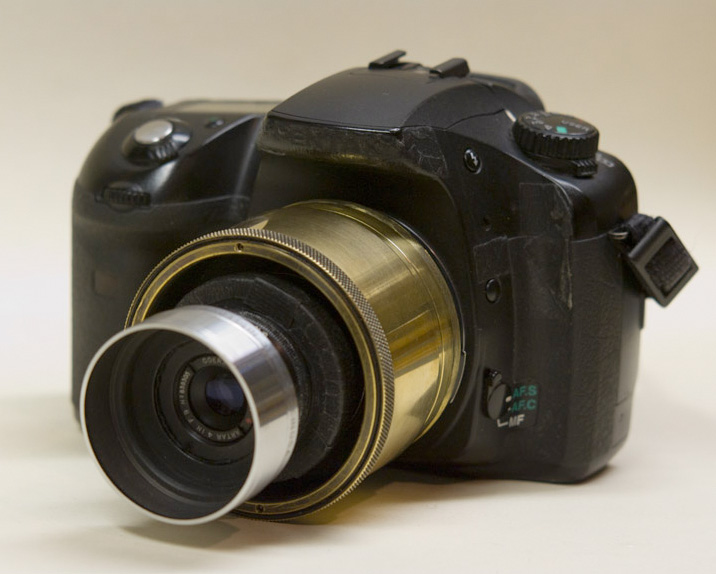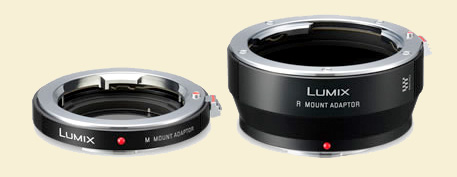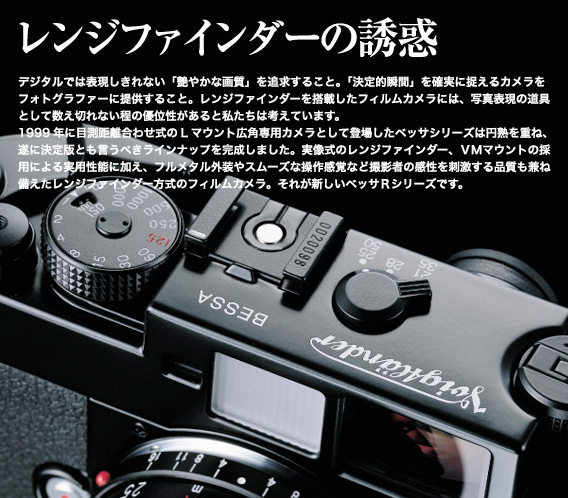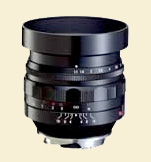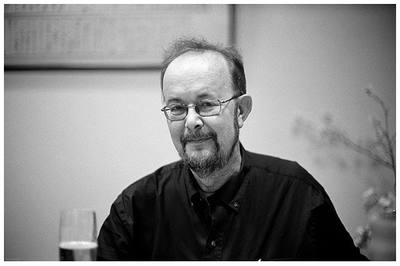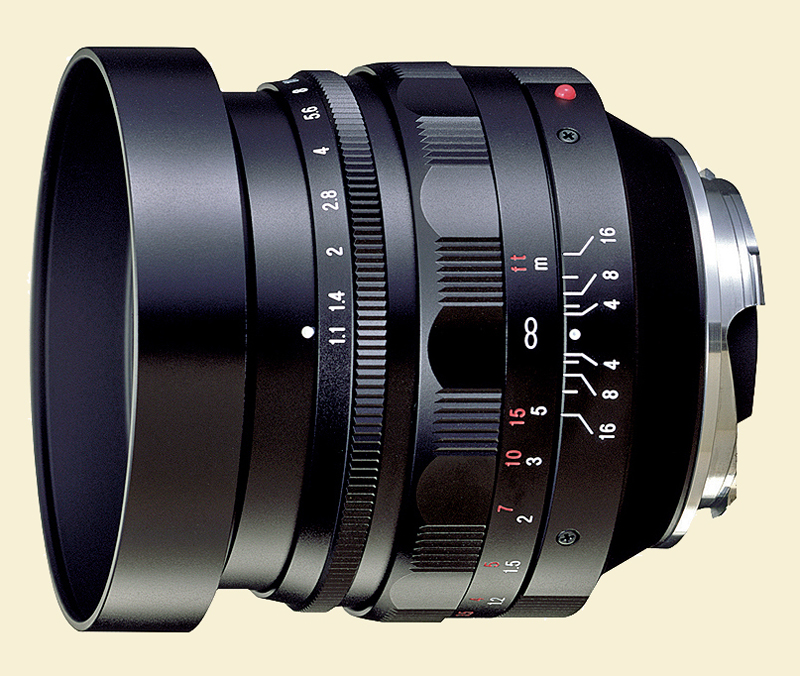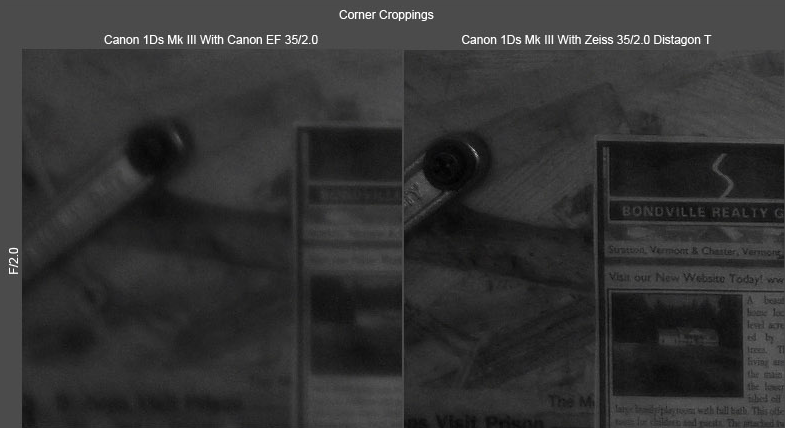A brief story somewhat related to the previous post (and this is basically all hearsay, so don't take these facts as gospel): The Exakta 66 Model 1 was instigated, according to what I heard at the time, by a German industrialist named Heinrich Mandermann, who in the 1980s had added to his considerable portfolio of companies both Rollei and Schneider-Kreuznach. His modernized Pentacon Six, the Exakta 66, began shipping in about 1986; I believe I reviewed it in 1988. He saved Pentacon from liquidation in 1991 and owned Rollei until, I believe, 1996.
I'm afraid I don't know Herr Mandermann, don't know if he's still with us, or still unretired; don't know if he still owns Schneider, although I think not—if I recall it was sold in 2000 to an American Company (and I don't know if that arrangement still holds, either). So I can't really tell you much about the connection between the East German Pentacon and the Exakta 66. Did the Pentacon factory in Dresden make the Exakta 66, or parts of it? Did Herr Mandermann buy Pentacon in part to preserve Exakta 66 production? That seems unlikely. It also seems unlikely the Exakta 66 was made to use up old parts, because the Model III was still being sold new as late as 1996. The last new products were cleared out, again if memory serves, by Baier Fototechnik. [This is wrong; it was Foto Walser. Thanks to Ralf for the correction.]
Here's the story that impressed me at the time, though. What I heard was that Herr Mandermann, on purchasing Rollei, sought to improve the marque by commissioning Schneider-Kreuznach to create a whole new line of state-of-the-art lenses for the Rollei 6000 series (the original 6006, budget 6002 lacking the interchangeable back, and überdrüberkamera 6008 "Integral"). These lenses were better in pretty much every way than some of the Zeiss lenses that had served the Rolleis up until that point: they were newer designs, sharper, performed better, and were smaller and lighter, as well as being consistently designed across the range—and handsomer, with their chrome filter bayonets. There were a couple of showoff lenses in the line, too, like the superfast 80mm ƒ/2 normal and the 90mm ƒ/4 macro, which one magazine proclaimed as the sharpest lens it had ever tested. I believe they were less expensive, even, although I couldn't swear to that.
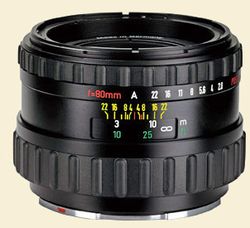 Yet here's the thing: consumers snubbed them. Nobody bought 'em. Schneider might have had the better performing lenses, but Zeiss had the better performing name: Hasselblads used Zeisses, aficionados took it as an article of faith at the time that Zeiss Planars and Tessars were superior to Schneider Xenotars and Xenars on Rolleiflex TLRs, and by Joseph (or, more accurately, "by Carl"), people wanted Zeisses on their Rollei 6000s—even if they weren't actually quite as good! (Not that there's anything wrong with a Zeiss.) The smart, slick new Schneiders went begging.
Yet here's the thing: consumers snubbed them. Nobody bought 'em. Schneider might have had the better performing lenses, but Zeiss had the better performing name: Hasselblads used Zeisses, aficionados took it as an article of faith at the time that Zeiss Planars and Tessars were superior to Schneider Xenotars and Xenars on Rolleiflex TLRs, and by Joseph (or, more accurately, "by Carl"), people wanted Zeisses on their Rollei 6000s—even if they weren't actually quite as good! (Not that there's anything wrong with a Zeiss.) The smart, slick new Schneiders went begging.
It was an early object lesson about the camera market for me: people buy lenses by the name, like buying wine by the label. (Not that there's anything wrong with the Schneider name.)
Anyway, I agree with robert e that the larger negative size of medium format takes the heat off the lenses somewhat (even poorish lenses can look very nice in front of a large enough piece of film), but if you want a sleeper lens for 2 1/4 square, one of those rare lenses that seems to do everything right, keep half an eye out for a normal Schneider Xenotar PQ HFT 80mm ƒ/2.8 for the Rollei 6000 series. (The later AF—pictured here—note that it lacks the chromed filter bayonet—is reputedly the same design.) Killer. Here's another. (Linked pics by Oleg Moiseyenko.)
Mike
Send this post to a friend
Featured Comment by Aizan: "That may have been the case when they were initially made, but not any more! The Schneider lenses for the 6000 series cameras are now more expensive and harder to find; they're much more desirable than the plain-Jane Zeisses."
Featured Comment by fotoralf: "A few short remarks on the topic: The Exakta 66 was first marketed by Mandermann's original company, Beroflex of Berlin. Early product packing states 'Beroflex, Nurnberg' as the manufacturer. That was still well before the demise of the GDR.
"Apparently, they bought Pentacon Six cameras as parts or as complete bodies and 'refined' them in West Germany.
"After the fall of the Berlin wall, Mandermann acquired a large part of Pentacon, but for reasons only known to the Treuhand—the state organisation founded for transferring the East German industry into the capitalist system—they didn't let him have the name Pentacon until years later. So, the former Pentacon operated under the name 'Josef Schneider Feinwerktechnik' (Joseph Schneider Fine Mechanics) for a few years making mostly plastic moldings of all kinds for other industries—and a few cameras on the side. From this time on, the Exakta 66 cameras were made and serviced by Schneider/Pentacon in Dresden.
"Contrary to all claims, the Exakta 66 was just as unreliable as the original Pentacon Six and it suffered from exactly the same problems: transport, shutter, film counter. I've had two of them and they've spent more time at the Dresden customer service than in my camera bag. More often than not, I got them back either unrepaired or with a new problem freshly built-in. During the same period, I had a Kiev 60 which, by comparison, was a model of reliability as it worked for years without the slightest hitch.
"Well into the new millenium, Exakta 66 cameras and service suffered from the old-style socialist nonchalance that had brought down their whole economy.
"After the end of Exakta 66 production, the remaining stocks were not taken over by Foto Baier (the suppliers of the well-known anti-glare kits) as you suggest, but by Foto Walser of Burgheim."
